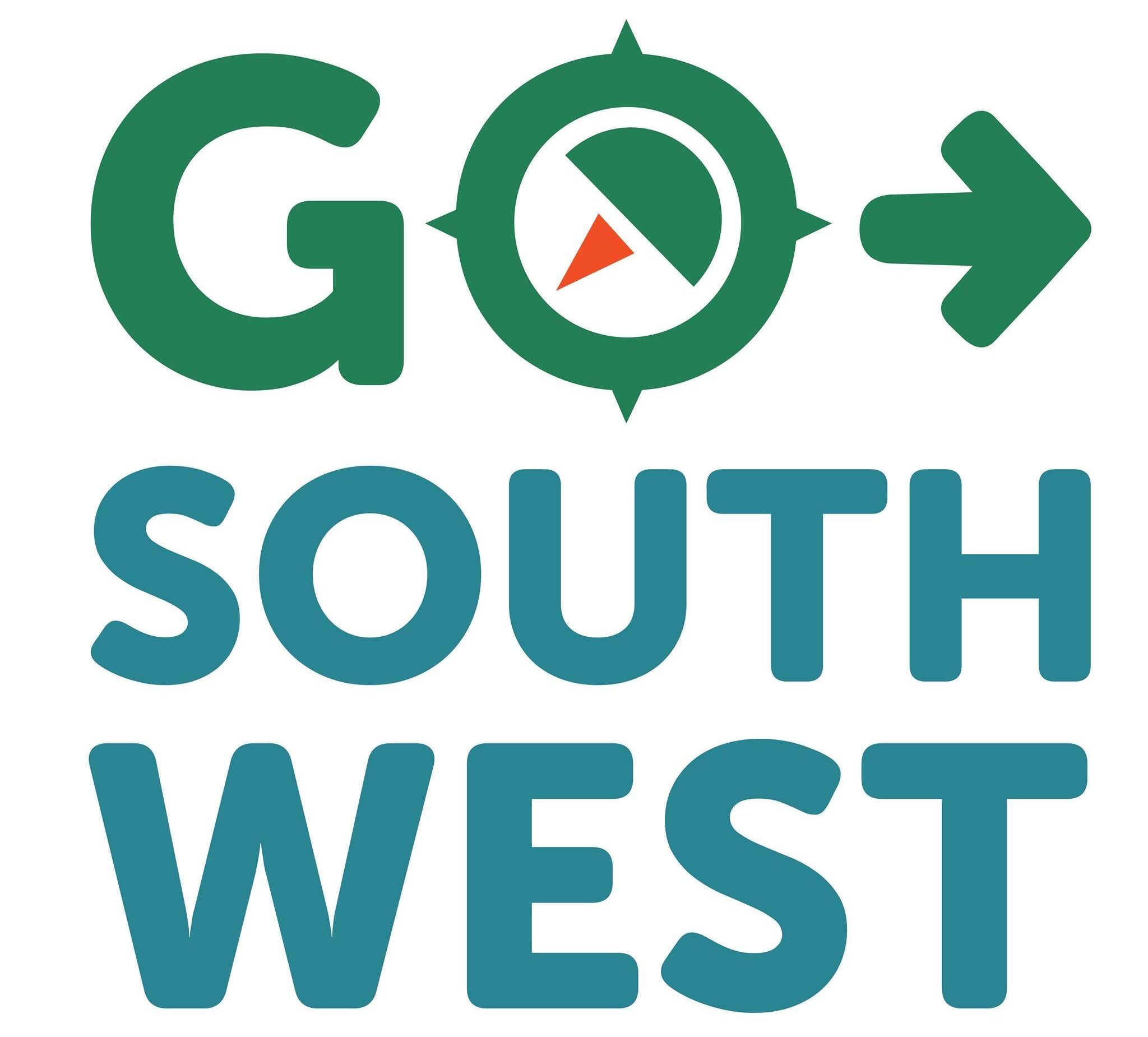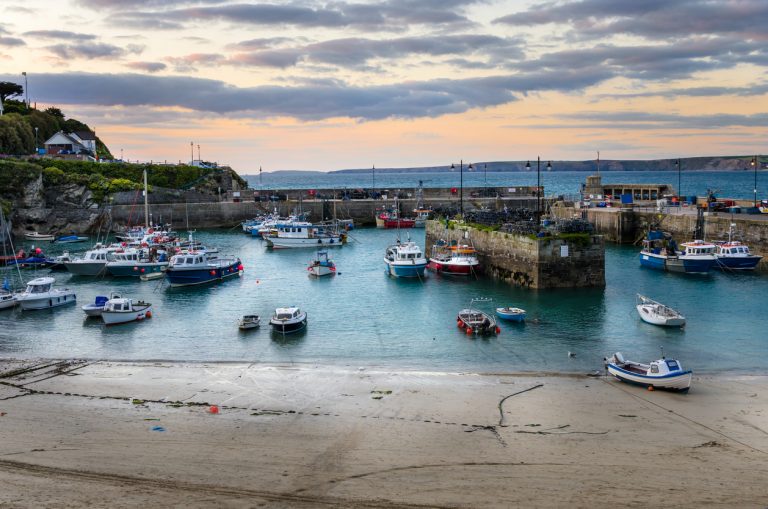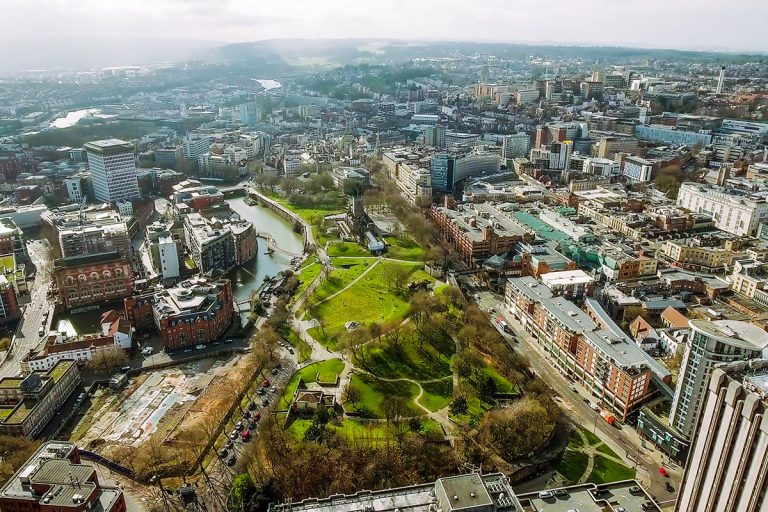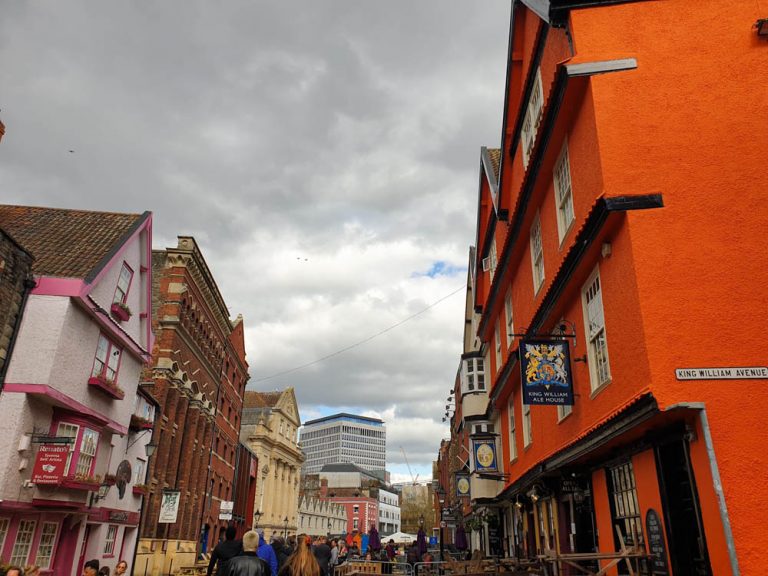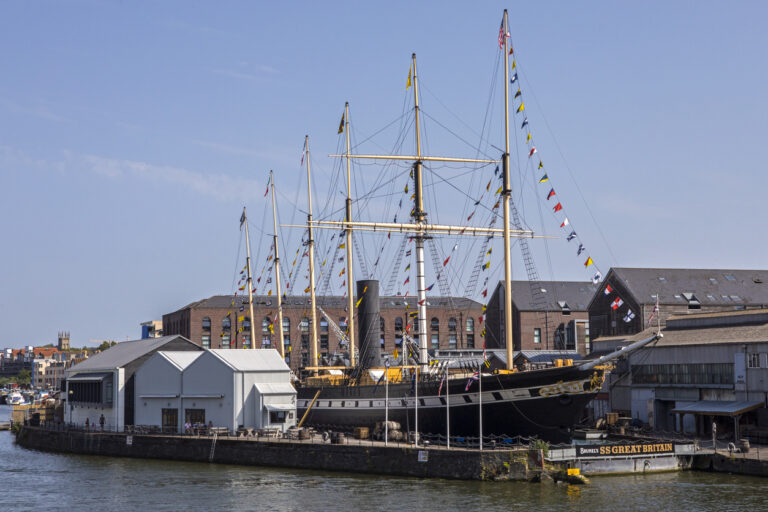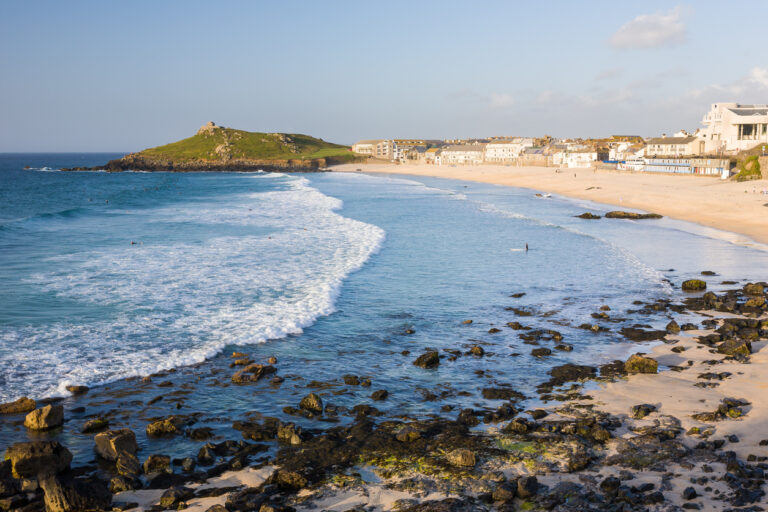How to get to Bristol: local tips! (2024 guide)
If you’re wondering how to get to Bristol, here are our best tips to travel to the city.
From famous bridges to Banksy’s best artwork, there’s plenty to see in Bristol, South West England’s largest city. But to appreciate all of this, first, you need to get there!
I lived in Bristol for about six years and I still visit the city frequently.
So read on for an assessment of the transport options to get to Bristol and our best local advice for travelling to and getting around the city!
How to Get to Bristol
Bristol is well-connected to the rest of the country by road (it’s on my M5 and M4), rail and bus routes. It’s easy to hop on the GWR railway from London or Birmingham or it’s not too long a journey from London! Here’s a breakdown of exactly how to get to Bristol, with all my top local tips.
Taking a train to Bristol
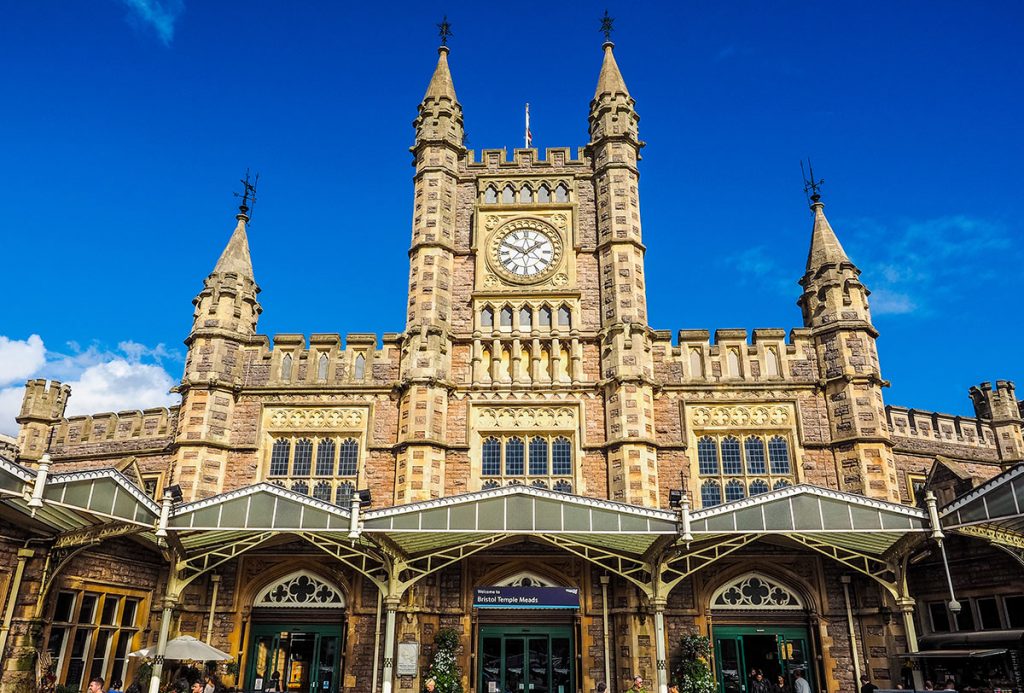
Getting to Bristol from London by train is super easy – and when I lived in Bristol, it was always my preferred mode of transport.
GWR run trains to Bristol; they’re one of my favourite train companies because the vehicles are quite modern with plenty of legroom. Take a look at my GWR first-class review for more information!
If you want to take the train from London, you can hop on at London Paddington Station.
Trains run throughout the day and evening with regular service; it’s one of the most frequent routes running out of Paddington.
A train will set you back around £30-£50, although it can be up to £80 at peak times (and if you’re booking last-minute!). “Off-peak” tickets will nearly always be cheaper.
(FYI, off-peak hours are after 9:30 Monday to Friday and all day on weekends).
The train is the fastest way to get from London to Bristol by far, with direct routes taking a mere one hour and fifty minutes. I remember the first time I took this train when I went to university in Bristol, and I couldn’t believe how speedy it was!
From other cities, you’ll usually be embarking on the train at the biggest station (which may not always be the most central). For example, from Exeter, trains to Bristol leave from Exeter St David’s.
You will probably want to take a train to Bristol Temple Meads, the biggest station in the city which is in the heart of the centre, but if you are staying in North Bristol you might find it easier to take a train to Bristol Parkway.
Sometimes a train will only call at one of these stations, so make sure that you know which station you’ll be going to when you book your tickets!
How to save money on your train tickets
The biggest disadvantage to getting the train in the UK? Train ticket prices.
Compared to other countries, they can be shockingly pricey – but there are a few hacks that you can use to get cheaper tickets.
Railcard
One is to purchase a Railcard – if you’re eligible!
A railcard is a smart way to save money on your train journeys.
With a railcard, you can get 1/3 off most rail fares across Britain for a whole year.
There are different types of railcards for different ages and situations, so you can find the one that suits you best.
Whether you’re a student, a senior, a veteran, a family, or a couple, there’s a railcard for you; I have the 25-30 railcard, which I upgraded to when my 16-15 railcard ran out!
A railcard can pay for itself in just a few trips, and you can also enjoy exclusive offers and discounts.
Click here to read more about getting a Railcard!
Trainline SplitSave feature
Trainline has a feature called SplitSave which can help you get cheap train tickets!
It’s a smart way to find cheaper train tickets by splitting your journey into multiple tickets, instead of buying a single one.
You don’t have to change trains or do anything different; you’ll be given tickets for each portion of the journey, but if you have seat reservations they will be the same for the whole journey.
Just show the right ticket at the right time.
SplitSave can help you save up to 61% on average when you book in advance.
You can use Trainline’s app to book split tickets easily and conveniently; SplitSave applies automatically.
However, I’d also recommend keeping up to date with train times on the national rail website to ensure that there aren’t any delays.
Taking a coach to Bristol
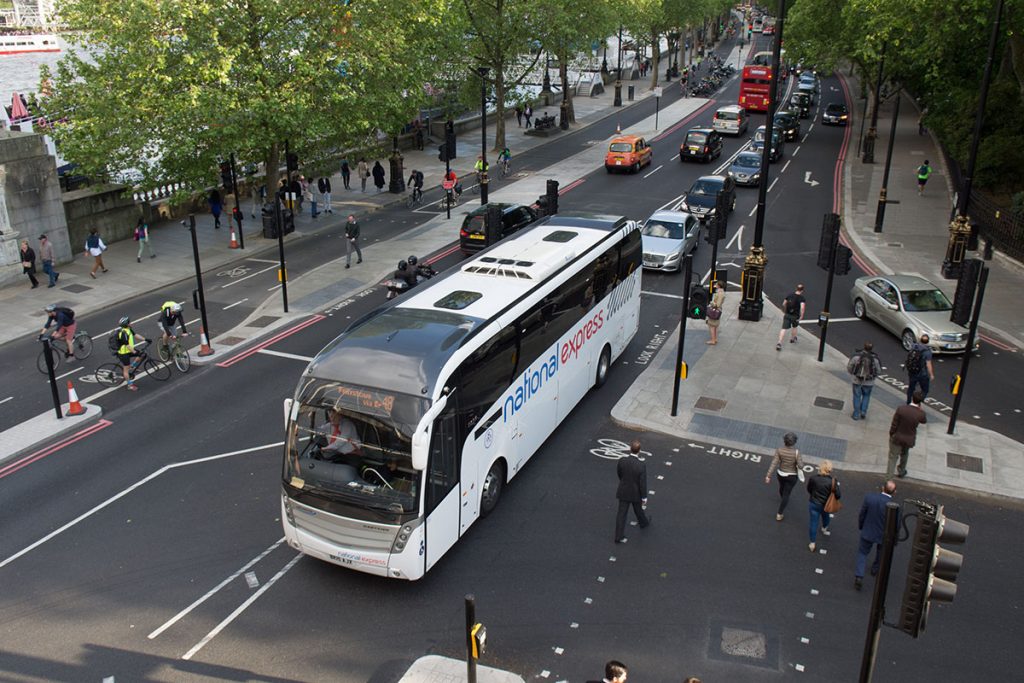
On a budget? Take a coach to Bristol!
Megabus offers ultra-cheap tickets and connects Bristol with London, Manchester, Leeds and other cities around the country.
I have taken the Megabus from London to Bristol for a pound before, but it generally costs £5-£10 one way. Advance tickets will always be cheaper, so one of my best travel tips is to book them as early as possible!
National Express also serves Bristol, connecting to a wider range of cities including Exeter and Plymouth. Coach services generally run frequently throughout the day.
There are also rail and coach links to Bath, Birmingham, Manchester, Leeds, Exeter, Liverpool, Cardiff and many other cities around England and Wales.
From London, coaches leave from London Victoria Coach Station.
For other cities, do double-check the exact place that they leave from, as it can be different to the main bus station!
In Bristol, National Express drops customers off at Bristol bus station by the Bearpit Roundabout, and Megabus drop off is on Bond Street, on the approach to the city from the M32, in front of the department store Blacks.
Of course, the main advantage of taking the coach is the price – and the disadvantage is the bus ride time will be much longer – it takes around three hours from London and 2.5 hours from Exeter.
Driving to Bristol
If you are driving to Bristol, it is located at junction 19 of the M4 and junction 17 of the M5.
- It is 2-3 hours from London (depending on where in London you’re driving from and of course, the state of the traffic on the M25 – it has taken me 6 hours from South East London before)
- 1.5 hours from Exeter
- 1.5 hours from Birmingham
- 3 hours from Manchester
- Around 3.5 hours from Leeds
- Bath is located just 40 minutes away in a South Easterly direction
- Severn Bridge, which takes you to Wales, is only half an hour from Bristol centre (Cardiff is just under an hour’s drive)
The drive from London Heathrow to Bristol is quite speedy (with no traffic), at just over 1 hour 30 minutes. London Heathrow is the right side of the capital to access Bristol!
Traffic is fairly common on the M4; to avoid this as much as possible, I’d recommend avoiding travelling during rush hour (7:30 am – 10:00 am and 4:30 pm – 6:30 pm). Personally, I try to drive later on in the day to avoid traffic as much as possible!
Check out my full guide on driving to Bristol, with places to visit en-route!
Car rental in Bristol
If you don’t have a car but can drive, consider renting a car to explore the South West – if you want to see some of the more remote places in Somerset, Devon and Cornwall, you might need your own set of wheels!
You can rent one in your city of origin or in Bristol itself and use the opportunity to see some of the best-hidden spots in the region.
Flying to Bristol
You can also fly into Bristol Airport.
I’ve used this airport a few times when travelling to Switzerland to see my friend who lives there – it’s the biggest in the South West and is where many people from the region embark on European journeys!
I wouldn’t recommend flying to Bristol from London, but you might want to consider it if you’re travelling from other UK cities like Edinburgh or Belfast.
From the airport, the Bristol Flyer Express runs 24 hours (every two hours at night) and connects with the city and Bedminster.
How to Get Around Bristol
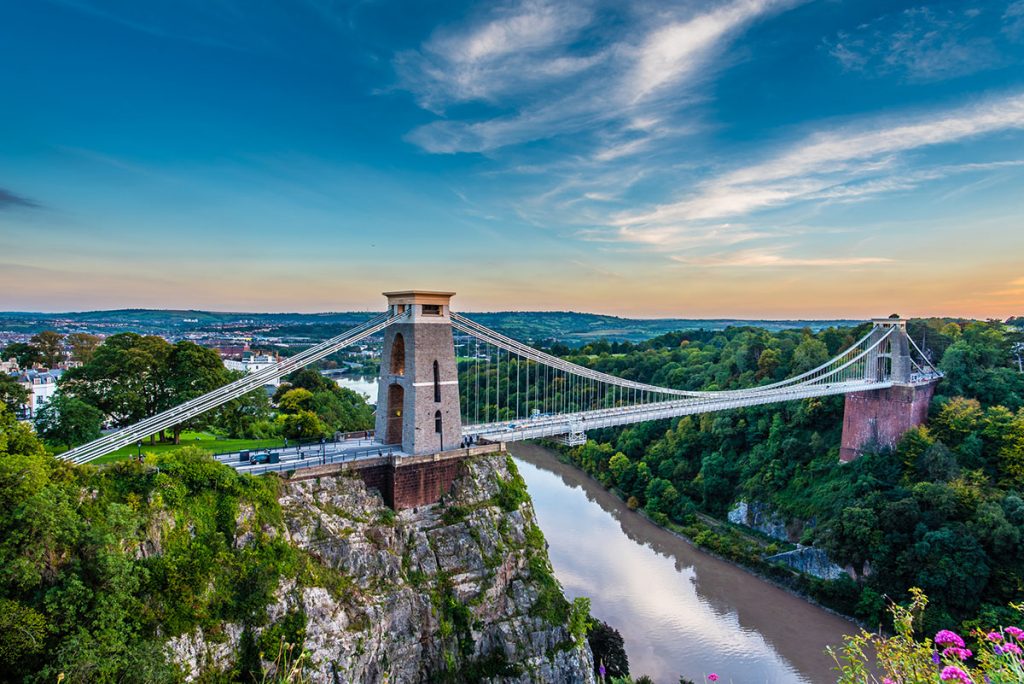
So, once you’ve arrived at Bristol Temple Meads or into Bristol Airport, how do you get around this wonderful city?
Most of the best things to do in Bristol, including the Clifton Suspension Bridge, the outdoor art gallery of Stokes Croft and the fascinating Bristol Museum can be reached from the city centre on foot.
If you’re a keen walker, you’ll be able to get to attractions from wherever you are staying on foot – although Clifton Village and the top of Gloucester Road are quite far uphill!
Other options include buses, driving and Uber!
Buses in Bristol
There are two bus companies servicing Bristol – First Buses and Stagecoach.
You can check out First timetables here and Stagecoach here.
Stagecoach buses mainly service UWE (the University of the West of England), but are open to anyone.
They connect Clifton, the city centre, Fishponds and Filton. First Buses are more widespread and connect the entire city centre. Contactless payment is best.
Driving in Bristol
Bristol City Centre is small, and it’s not an exceptionally fun place to drive in due to traffic.
There’s a one-way system in the Old Quarter, and often a lot of congestion all around the Cabot Circus and Harbourside area.
Parking in the city centre is difficult as well; if you’re driving to Bristol I would recommend just parking at your accommodation and making use of buses or walking elsewhere.
Uber in Bristol
Quite a few taxi companies operate in Bristol, but instead, I’d recommend using Uber.
Uber is available in Bristol and used frequently. It is substantially cheaper than hailing or ringing for a taxi.
Regional stations in Bristol
There are various stations in Bristol, although unless you are particularly near to a station, it is generally easier to use the buses or walk.
Regional trains don’t run all that often and the stations are quite spread out.
You can, however, quite easily get from Bristol Temple Meads train station to Bath Spa by rail – and it only takes 15 minutes!
Are you ready for your journey to Bristol?
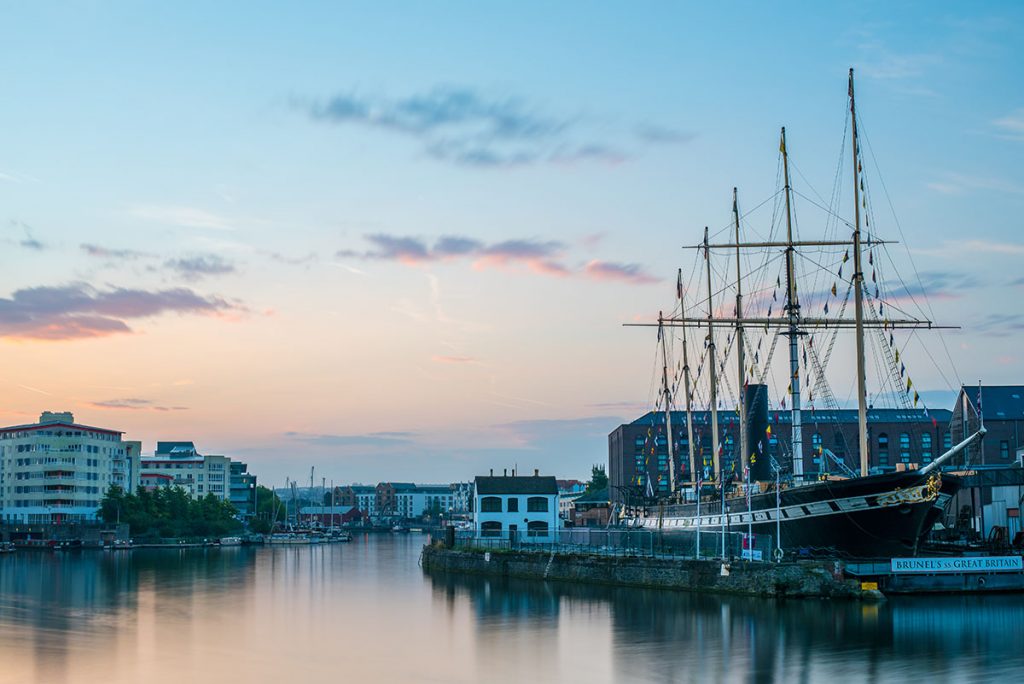
The South West’s major city is well connected by public transport to other destinations across the UK, with train services running frequently and buses arriving throughout the day.
Plus, it being at the intersection between M5 and M4 means that it’s well-accessible by road too – just be mindful of traffic, and you’ll be enjoying the city’s highlights in no time!
I hope this article has helped you work out some ways to get to Bristol and the transport in Bristol to use once you get here!
Do check out the rest of my Bristol posts for more information about visiting this wonderful city.
